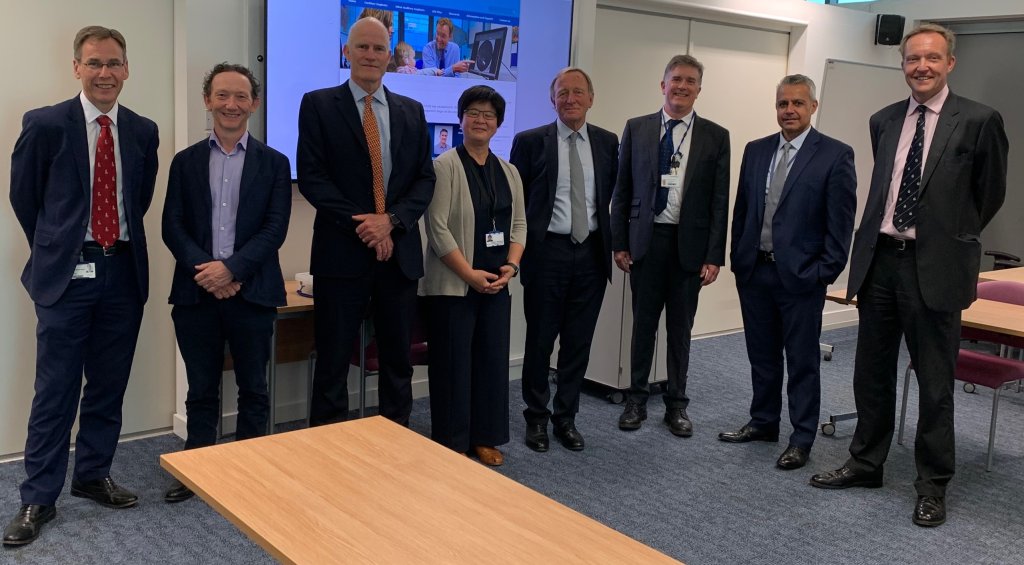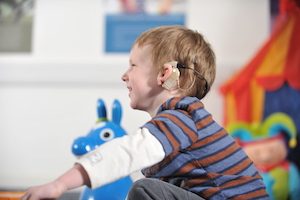
MEDEL MEET UP – 22 October 2022 in BRISTOL
MEDEL are hosting a Hearing Implant Information day, in Bristol on Saturday 22nd October 2022.
The event will be held at DoubleTree by Hilton in Bristol City Centre BS1 6NJ
If you are considering a hearing implant, or are an existing implant user, there is something for you including:
Interactive sessions
Meet HearPeer Mentors
Speak to the Experts
Lunch and refreshments.
Continue reading →







